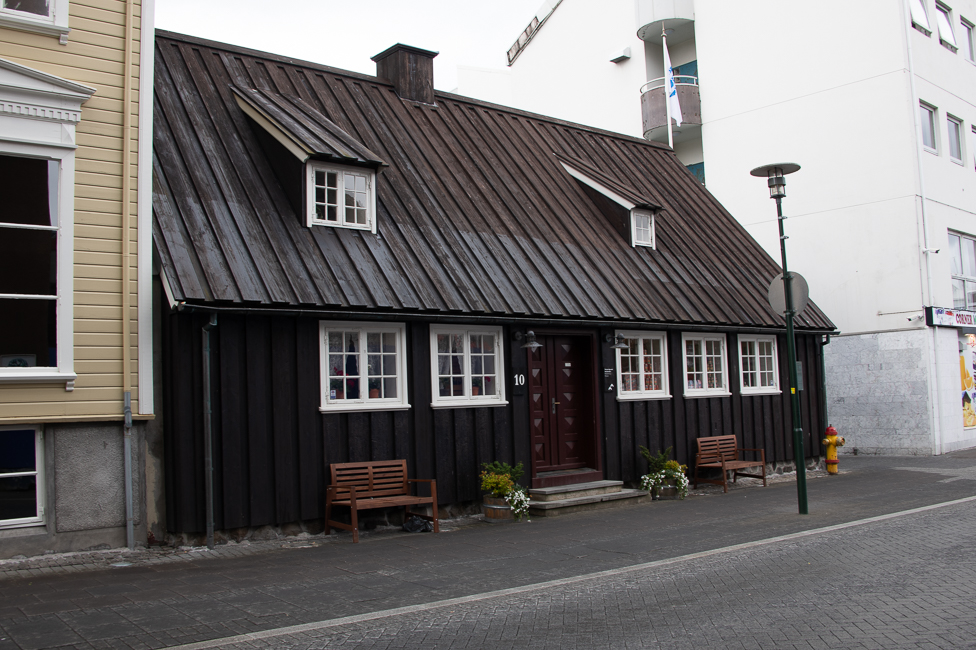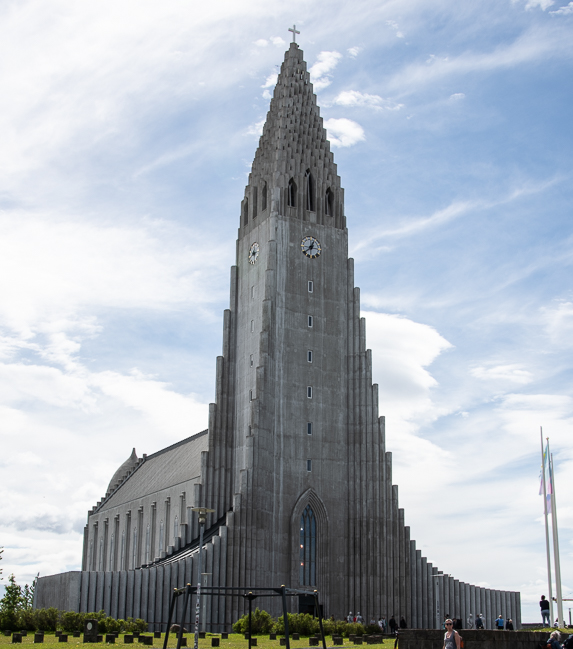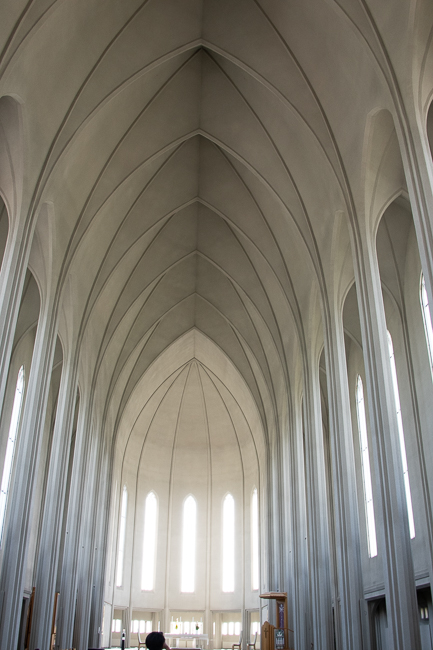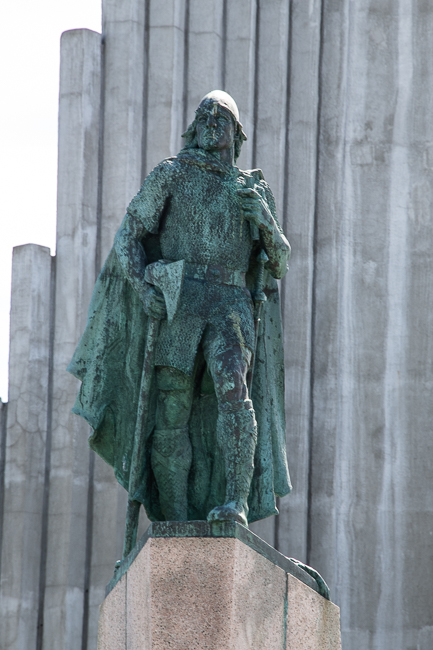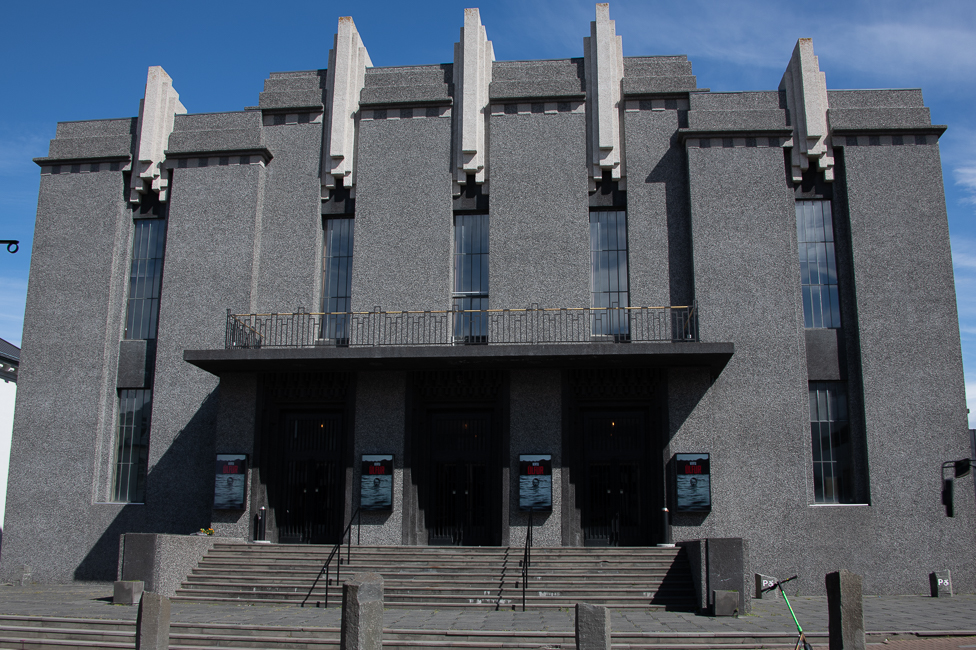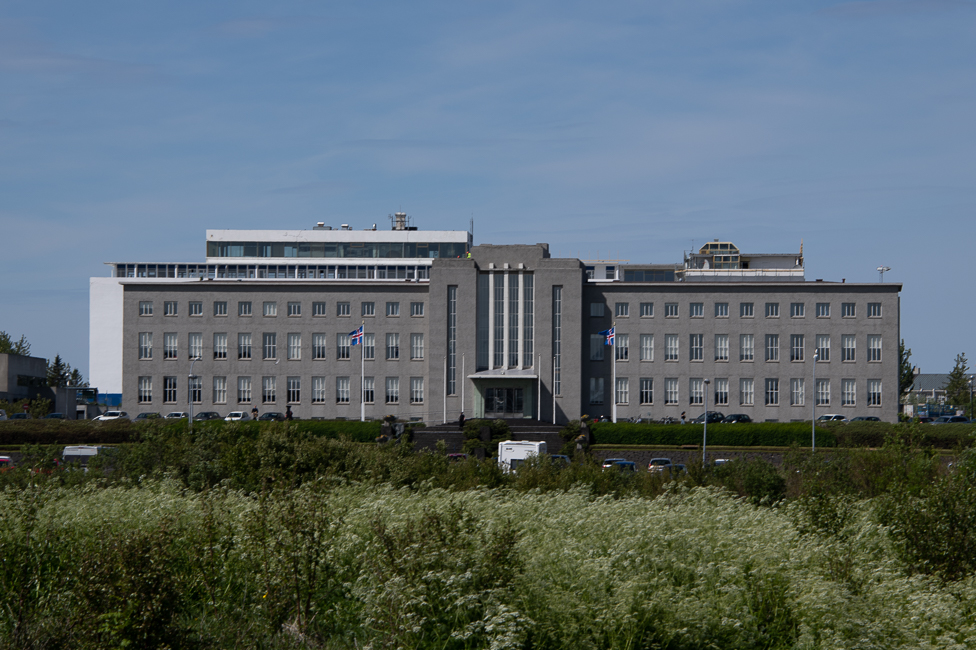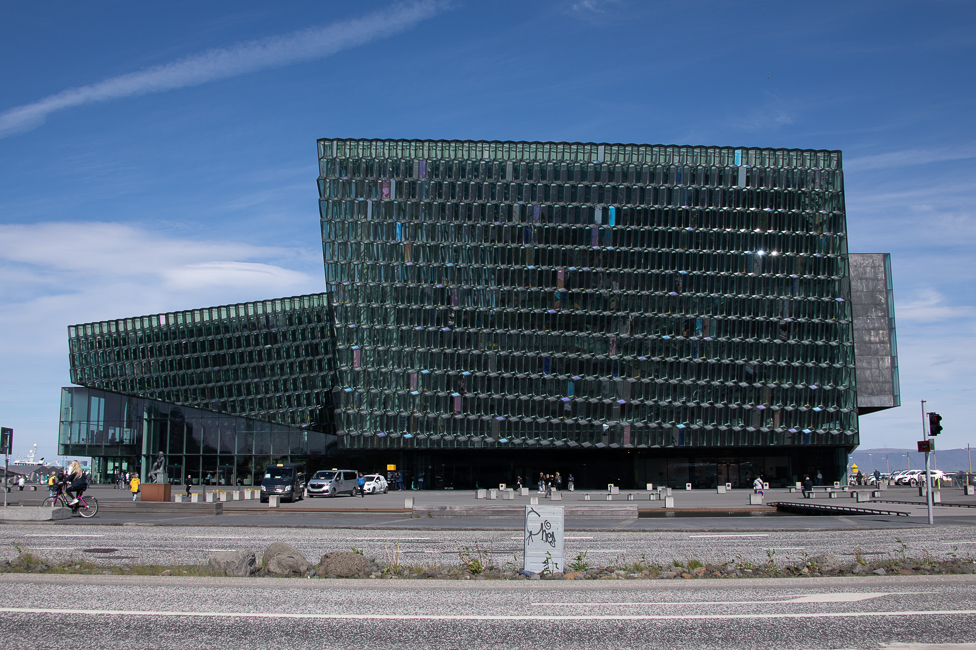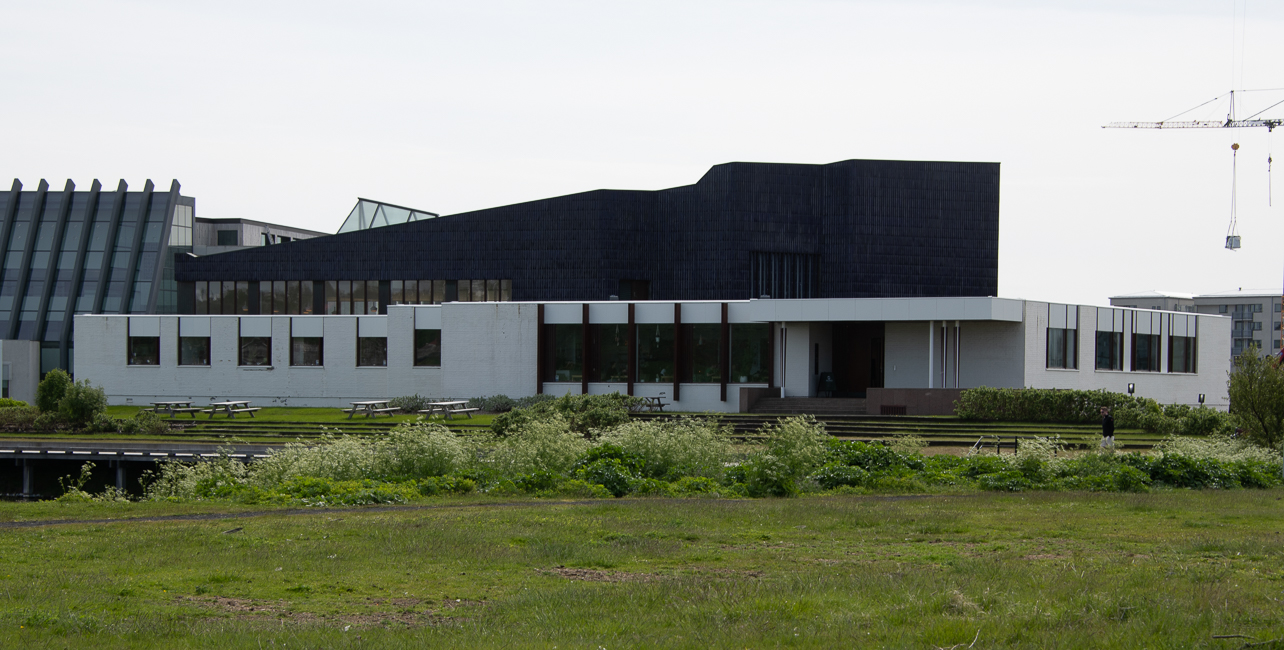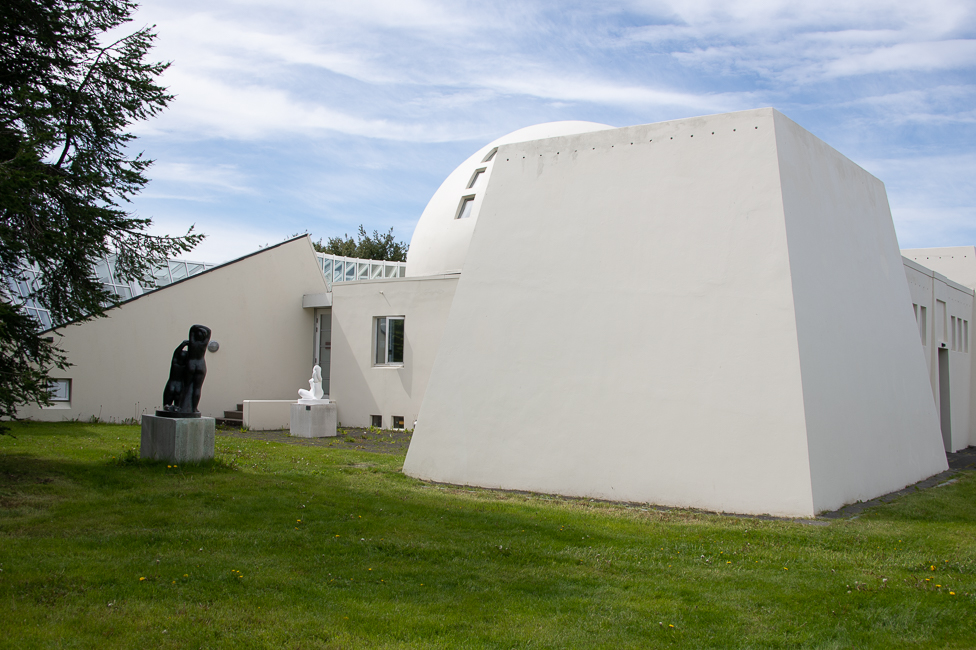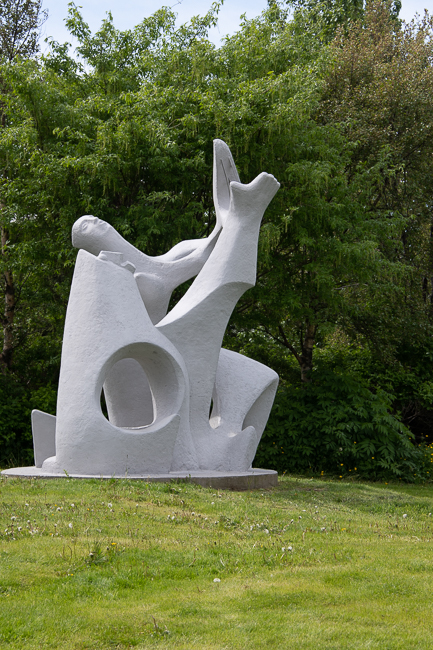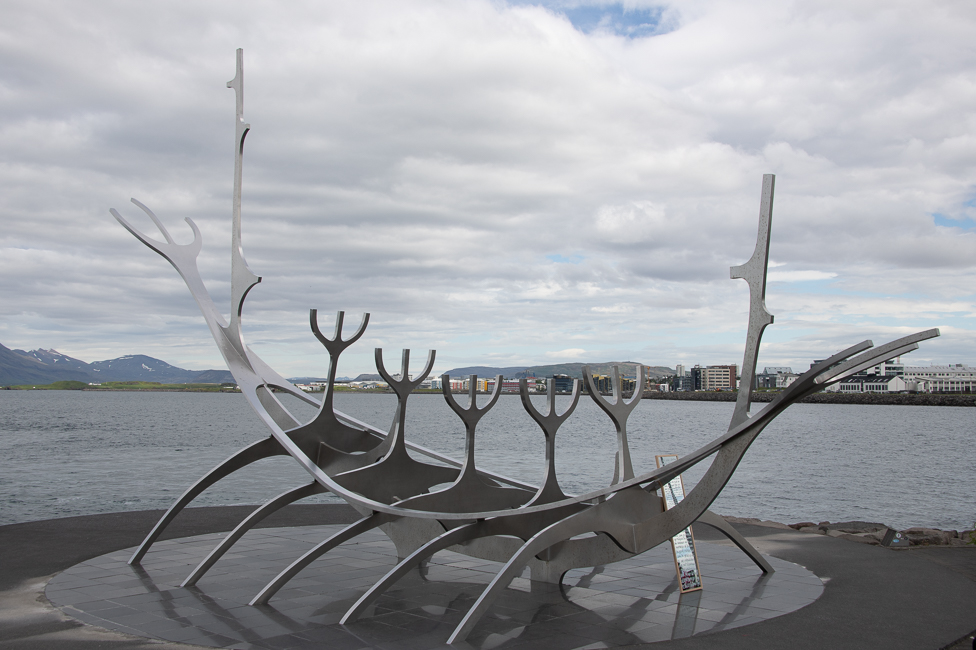June 2022
When I mentioned I was looking forward to spending time in Reykjavik to explore the architecture, most people expressed surprise. There is far more here than you can imagine.
The architecture of Reykjavik needs a little history. From the landing of the Norwegian Vikings in CE 870 people resided in wooden longhouses protected by turf and grass. Over the years, houses were still built out of wood, but styles changed from gable-fronted houses to farm buildings to Swiss chalet styles. The first stone houses and churches did not begin to appear until the 18th century.
In 1915, whenReykjavik had a population of around 14,000 people, a large fire devastated the city, and many of the wooden houses were destroyed. The fire changed the city. Fire hydrants were installed and a fire brigade was established.
Icelandic architect, Gudjon Samuelsson, having just returned from studying housing design in Denmark became the country’s chief architect and had a hand in changing the face of Reykjavik forever.
The one building many people do know is the stunning Hallgrimskirkja Church, which has been described as an important symbol for Iceland’s national identity since its completion in the 1980s.
Its steeple rises nearly 246 feet, making the church one of the tallest buildings in Iceland. Instead of rising separately from the church building the steeple is a part of the front of the church.
Designed by Samúelsson in 1937 it is said to have been designed to resemble the trap rocks, mountains and glaciers of Iceland’s landscape. It took 41 years to build the church, construction started in 1945 and ended in 1986.
The interior reflects the clean lines and sparseness of Nordic architecture.
The statue of explorer Leif Erikson (c.970 – c.1020) by Alexander Stirling Calder in front of the church predates its construction. It was a gift from the United States.
It took 77 years between idea and finality to build the National Theater. The unfinished building was occupied by the British Army during World War II. It is a perfect example of art deco architecture. The National Theatre also designed by Samuelsson, apparently showcases the architect’s love of basalt columns.
It is said the theater is Samuelsson’s version of an Elf Palace, referring to the ancient Icelandic belief that elves live inside rocks and that humans can enter into their colorful world of plenty, dance, and song.
Another of Samuelsson’s is the main building of the University of Iceland campus. This art deco building features two large wings, and a center with elongated windows.
According to local lore, when Reykjavik was occupied by the British Army during World War II, the army did not seize this building, as it was deemed too beautiful to be taken over by the troops.
A magnificent building that sits near the old fishing harbor of Reykjavik is the Harpa Concert Hall and Convention Center. Designed by the Danish firm Henning Larsen Architects in co-operation with Danish-Icelandic artist Olafur Eliasson. The structure consists of a steel framework clad with geometric shaped glass panels of different colors. I walked around this building many times, and it changes from every angle, it is truly incredibly designed and absolutely gorgeous.
Designed and built by the acclaimed architect Alvar Aalto, the Nordic House, is a celebration of all things Nordic. Built in 1968 the building includes Aalto’s signature traits: for example, the organic shape of the ridgeline of the ultramarine-tiled roof, echoing the range of mountains in the distance
The Nordic House maintains a library that is unique in Iceland not only because of its architecture but also for its collection of over 30,000 items in seven Nordic languages, though not Icelandic.
In a previous post I put up a sculpture by Sveinnson. His style is very organic and appealing, his studio is now a museum dedicated to his work and you can wander the grounds to get a great sense of his huge body of work.
Sveinsson was one of the pioneers of Icelandic sculpture. In his early days his pieces invariably met with criticism, but he held to the principal that art was relevant to the people and belonged with the masses. His fame eventually came.
Ásmundur bequeathed his works and his home/studio to the City of Reykjavík at his death, and the museum was formally opened in the spring of 1983.
Walking along the water I came upon this sculpture that stopped me dead in my tracks. It is so incredibly beautiful.
It is titled Sun Voyager and was designed by Jón Gunnar Árnason. It is made of stainless steel and originates from 1986. Reykjavik ran a competition to commemorate the 200th anniversary of the city and wanted a sculpture created that would create a point of interest. The Sun Voyager was the winning design.
